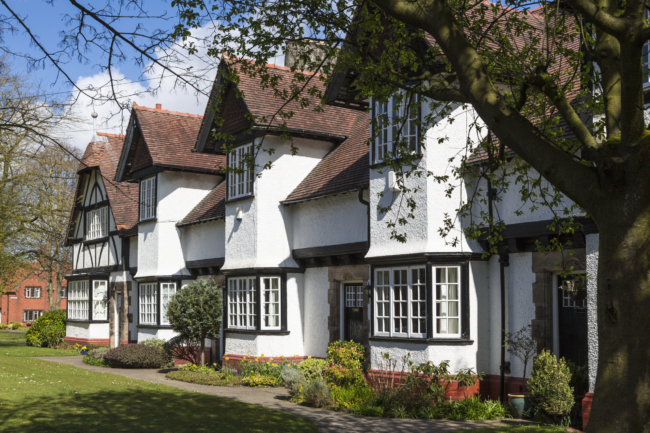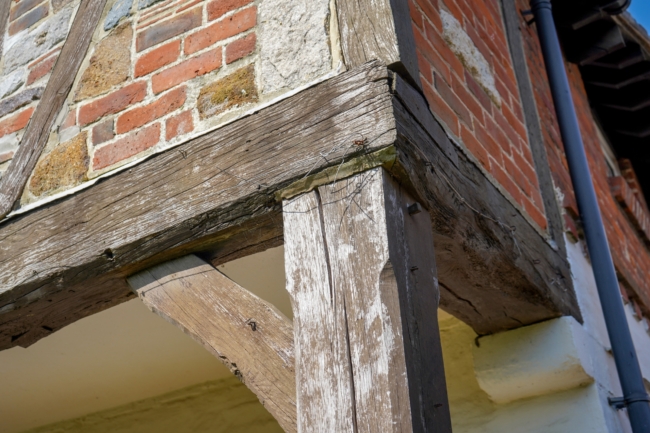
In this article, we invite you on a journey to explore some of the most beautiful listed buildings in England.
Owning a listed property can be hugely gratifying. Your home will have a history of its own and no doubt a traditional charm. But there are a few things you should understand and consider before buying a listed property. Some of the questions you will need to ask yourself are: Can you make all the changes you want to? Is the on-going maintenance of such a property affordable? Are you willing to accept certain limitations when it comes to renovating your property? Here we give you the low down on some of these key points together with information about choosing the right listed building insurance.
A listed building in the UK is a building with special historical or architectural significance or interest. Once a building has been nominated and approved to be classed as listed by Historic England, or if in Scotland, Historic Scotland, the structure will be protected by planning system consideration. This is to preserve the building for future generations to enjoy.
Find out more about why buildings are listed with our post: Why are building listed?
In England there are three types of listed building:
Any modifications, such as painting or moving internal walls, may alter the aesthetic or authenticity of the historic building structure. Even small jobs may be considered to compromise the historical significance of the building and require planning permission. For example:
These may all be considered to jeopardise the authentic character of the building. Listing applies to the whole building, inside and out, so be prepared that any changes to a historically significant feature could get rejected.
The only way to be certain that your proposed change or renovation is acceptable is to contact your local planning department to apply for listed building consent. It can take months to get planning permission, so do plan well in advance. Even small jobs can take several weeks for the planning approval process to complete.
It’s advisable to learn more about your listed home’s history, and the materials and techniques that were used during its original construction. Historic England’s listed building list includes important details about every listed building in England, including the year it was constructed, any significant features, and any special notes of historical interest.
The permission required for alterations to your listed building may depend on the type of building and what period it is. For example, churches or other places of worship are regulated by the Ecclesiastical Exemption.
For insights into various planning permission and heritage consent options for listed properties, feel free to check out the Heritage Consent page.
Repairs for listed homes are usually more involved (and expensive!) than unlisted building repairs. When repairing or renovating a listed building, the materials used must be must be consistent with the traditional materials of the property. Also, many repairs for your listed home will require an experienced and specialist tradesman. This is because the repairs must be conducted with the same methods used to build the original structure.
Due to the costly nature of listed building repairs, it is vital that you purchase a policy specifically for listed building insurance for your home. Intelligent Insurance has the specialist knowledge and experience to calculate the right cover for you, and you can get an online quote in most cases.
If you are unsure about your listed home insurance and would like some advice, speak to one of our listed building home insurance specialists at Intelligent Insurance via online chat or call the team on 03333 11 11 10.

In this article, we invite you on a journey to explore some of the most beautiful listed buildings in England.

A property often achieves listed status because of its age, rarity, aesthetic appeal, or as one of the few remaining examples of its kind.

This article examines how a listed building's features can impact the cost of your home insurance.